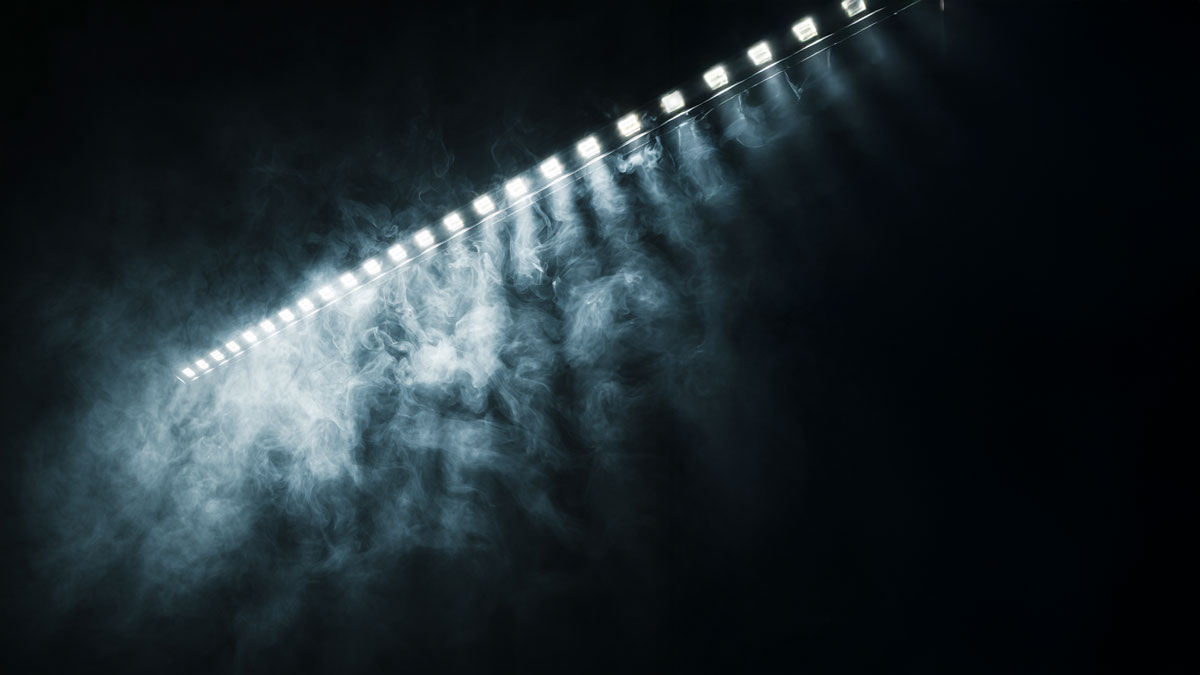
The main function of the optical system in a lighting device is to create the required light distribution. It may include reflectors, lenses, diffusers, and a cover.
Lenses and reflectors focus the light beam, directing it as needed. A diffuser scatters light that passes through it. The cover allows light to pass through while also protecting the light source and other optical elements from external factors. In modern LED fixtures, lenses are used more often than reflectors, and the diffuser is usually combined with the cover.
Light Distribution Angle
The main parameter that characterizes the optical system is the beam angle. It is the angle within which the light intensity decreases by no more than half from its maximum value. In most lighting device models, the beam angle is the same for all planes through the optical axis. Sometimes, this angle differs; in that case, the technical specifications list values for two perpendicular planes.
Lighting devices with a beam angle of less than 15° are commonly referred to as spotlights by professionals. All others are classified as fixtures. However, in everyday language, spotlights can also refer to architectural fixtures like wall washers, which have a beam angle of 100°–110°.
Diffuser Classification
Based on their optical properties, diffusers can be divided into the following categories:
- Milky. Provides completely uniform light with a 120° beam angle; the structure of the light sources behind it is not visible. Light Transmission: 50-70%
- Opal. Offers uniform light; the light sources are slightly visible. Light Transmission: 70-80%
- Matte/Silky. Produces relatively uniform light; the light sources are clearly visible. Light Transmission: 75-85%
- Prismatic. Light is scattered through many prisms, each of which is clearly visible. Light Transmission: 85-92%
- Micro-prismatic. Light is scattered through many prisms so small they are almost invisible. This is the best type of diffuser, but also the most expensive. Light Transmission: 88-94%
- “Crushed ice” Its surface has a grainy texture with randomly arranged elements. The main advantage is its lowest price among these types. Light Transmission: 80-88%
Materials for Optical System Elements
Modern LED fixtures usually use plastic lenses. The most common type of plastic for lenses is PMMA. A more advanced material is silicone, which, due to its elasticity, ensures a tight seal between the lens and the LED without additional gaskets.
For reflectors, primary aluminum - which is produced from ore rather than recycled metal—is preferred.
Covers and diffusers are made from the following materials:
- Tempered glass. Attractive appearance, and is resistant to high temperatures and weather, so it's used in indoor, outdoor, architectural, and industrial fixtures.
- PMMA. Inexpensive and resistant to chemicals. Used in office and industrial fixtures.
- Polycarbonate (PC). Highly durable, used for fixtures installed in public spaces.
- ABS. Durable plastic has been widely used in electrical engineering for a long time. Only recently has a grade with high optical properties been developed.
A key advantage of ABS is that it can be used for 3D printing with the most affordable FDM technology. 3D printing is a promising area in lighting technology. It enables manufacturers to produce fixtures with custom specifications at a minimal cost.






